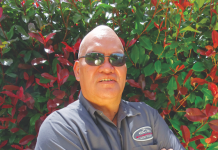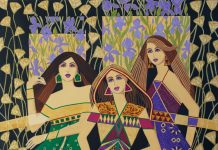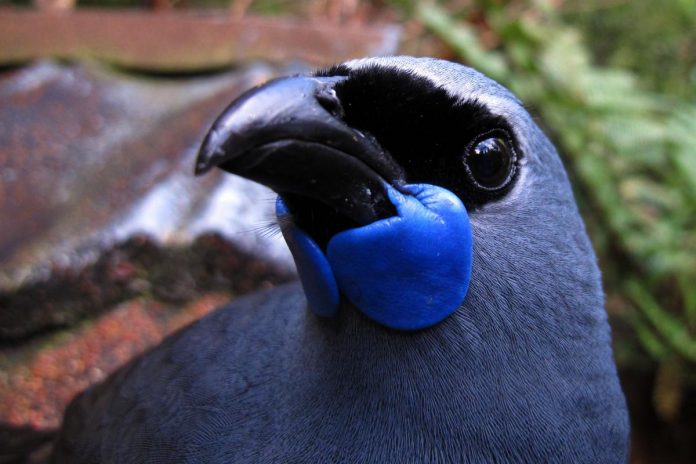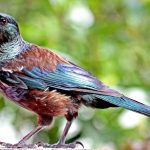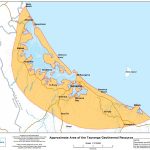I’ve always talked to manu (birds); I was raised that way. It was only a matter of time that I would duet with kōkako. The call of the kōkako is complex and unique.
The kōkako sings in duet with its mate and neighbouring Kōkako for three known reasons: to defend its territory; to guard its mate; and to communicate.
In a healthy forest, the call of the kōkako is heard in the morning from daybreak. The performance of a song marks their territory, like one gets up in the morning to say loudly “This is my home.”
Their song can last over 30 seconds, opened with short “mews,” and gradually bursts into an enchanting song. I think of it as their way to see who’s about, which reminds me of a karanga: a spiritual call that has been heard through generations of whanau (family).
Silent pauses are given for other kōkako to express and reveal themselves. I imagine they say, “I hear you.”
When kōkako duet, they interweave their melodies and finish each other’s sentences. I wanted to experience this; I trained my ears by spending a lot of quiet time listening, observing and practicing my playing of traditional Māori flutes.
I discovered I had my own unique call to sing. My duet with kōkako has inspired my dedication to conservation and the survival of NZ’s rare manu.
To look after kōkako there needs to be a greater understanding of kōkako and how they live. As an iconic NZ species, I encourage people to respect the kōkako and listen to its karanga.
Put time aside to rise early and walk quietly in the forest, in time you will learn their behaviour, recognize geographical dialect and identify the calls.
You will undoubtedly have an emotional connection to these beautiful birds. That is, if they don’t go extinct first.
By N. Lunson, Dept of Conservation














